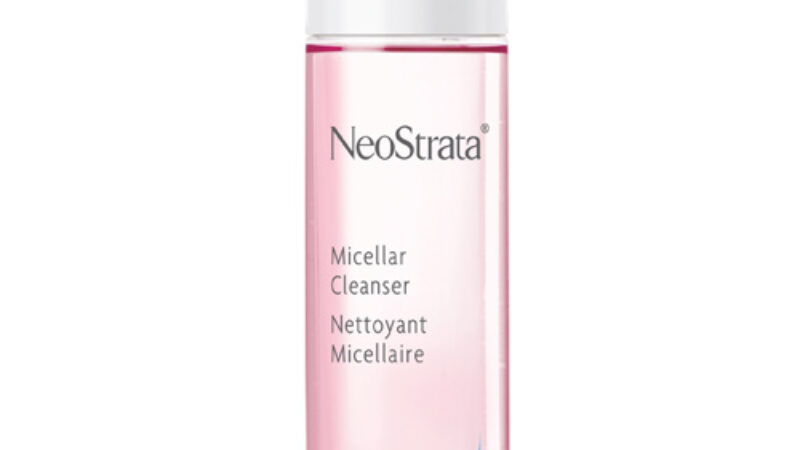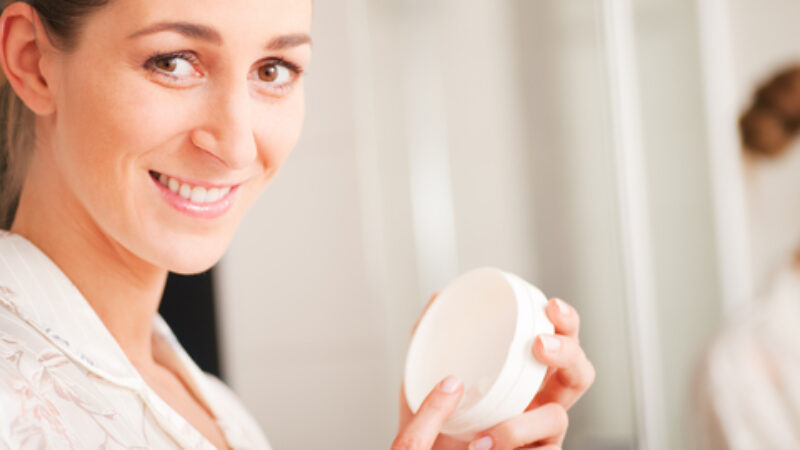When it comes to skin care, the ingredients hyaluronic acid (sometimes referred to as hyaluronate) and sodium hyaluronate have become increasingly popular. What’s the difference and which one should you opt for?
What Exactly is Hyaluronic Acid?
First, you’ll probably want to know what the fuss is about over hyaluronic acid or sodium hyaluronate. Hyaluronic acid is a natural substance that is widely distributed throughout our bodies. It is an important component of cartilage, synovial fluid (the lubricating fluid found between joints) and skin, where it is integral to a number of cellular reactions and in keeping skin hydrated. Hyaluronic acid decreases with aging. Along with a decrease in elastin and collagen (which form part of the skin’s supporting network), the result may be dehydrated skin, skin roughness, flaking, fine lines, wrinkles and sagging.
Injectable fillers use hyaluronic acid to hydrate and separate the skin, holding onto water and supporting all that makes the face plump and voluptuous. Hyaluronic acid cannot be absorbed when applied topically, which is why sodium hyaluronate is around.
Sodium Hyaluronate vs Hyaluronic Acid
Sodium hyaluronate is the salt of hyaluronic acid and it has a much lower molecular size. This gives it the ability to penetrate skin when applied topically, which is why it’s the ingredient added to skin care formulations. One key feature of sodium hyaluronate is its ability to hold more than 1000 times its weight in water! This hydrating property makes it an excellent moisturizing ingredient – it not only hydrates skin, but also helps to reduce water loss. The result is a slight temporary swelling of the skin that will help to minimize the appearance of wrinkles and fine lines. Well hydrated skin also handles exposure to the sun and other environmental assaults better.
Where Can You Find it?
Find hylauronic acid (as sodium hyaluronate) in a range of products we carry at PhaMix.com:
- Apothekari Bespoke Vitamin C Serum 15% – L-ascorbic acid, additional antioxidants PLUS sodium hyaluronate to fight free radical damage, boost collagen production and hydrate skin. Essential for daily use every morning.
- Apothekari Antioxidant Firming Eye Gel – Vitamin C, ferulic acid and sodium hyaluronate help to prevent signs of aging while correcting existing photodamage for a fresh, vibrant appearance.
- La Roche Posay Hydraphase UV SPF 30 – Intense targeted rehydration with high level daily anti-UVA/UVB protection. All skin types.
- La Roche Posay Hydraphase Intense Light – Intensive rehydating care with long-lasting efficacy. Ideal for dehydrated, normal and combination skin
- La Roche Posay Hydraphase Intense Riche – Intensive rehydating care with long-lasting efficacy. Ideal for dry, dehydated skin.
- La Roche Posay Intense Serum – Non-greasy, fast-absorbing and paraben-free to hydrate, plump and soften. Ideal for all skin types, including sensitive.
- Neostrata Intensive Eye Therapy – Intensive anti-aging treatment that uses multiple mechanisms to build and plum the appearance of slack eye skin.
- Neostrata Tri Therapy Lifting Serum – Volumizes the look of slack skin for a more lifted appearance. Renews tone, gently exfoliates and smooths by hydrating.
- La Roche Posay Redermic Dry Skin – Plumps, fills and visibly reduces wrinkles. Recommended for deep wrinkles and loss of firmness.
- La Roche Posay Redermic Eyes – Plumps, fills and visibly reduces wrinkles around the eyes.





I have long heard the excess of salt, but was limited to table salt. but this article provides information on the type of salt is another very useful for the face.
Hello
Thank you for posting such a concise and easy to understand article. This ingredient is in some of our products and the post will be of interest to our customers. Great website here as well! Thanks again
David
Pingback: Hyaluronic acid and Sodium Hyaluronate, what does it do for my skin? – yourbeautycoach
How much Sodium hyaluronate should be in a product to be effective?
For Gail,
Sodium hyaluronate and hyaluronic acid are both very popular in topical skincare products to boost hydration in the skin. Not only are they able to moisturize but they can help reduce water loss by pulling moisture from the air and drawing it to your skin. Effective in concentrations of as little as 0.01%, hyaluronic acid is more commonly found in formulations at 1% – 2%. At higher concentrations (and in very dry climates), HA may actually pull moisture from your skin, essentially drying it out.
Best, Sharmani
I’ve heard of sodium hyaluronate being used in an ORAL supplement. Is it safe to ingest? Are there any studies showing its effectiveness if ingested rather than topically applied?
For Ilene:
Sodium hyaluronate has long been used as a supplement to treat joint pain in individuals with inflammation, acting as a lubricant and shock absorber in the joints. Oral sodium hyaluronate for skin health has not been extensively studied. Although there have been a few Japanese clinical studies, the research has not been widely available. The jury is still out on its effectiveness as an oral supplement for the skin. Read more about it here in our blog from 2015.
Best, Sharmani